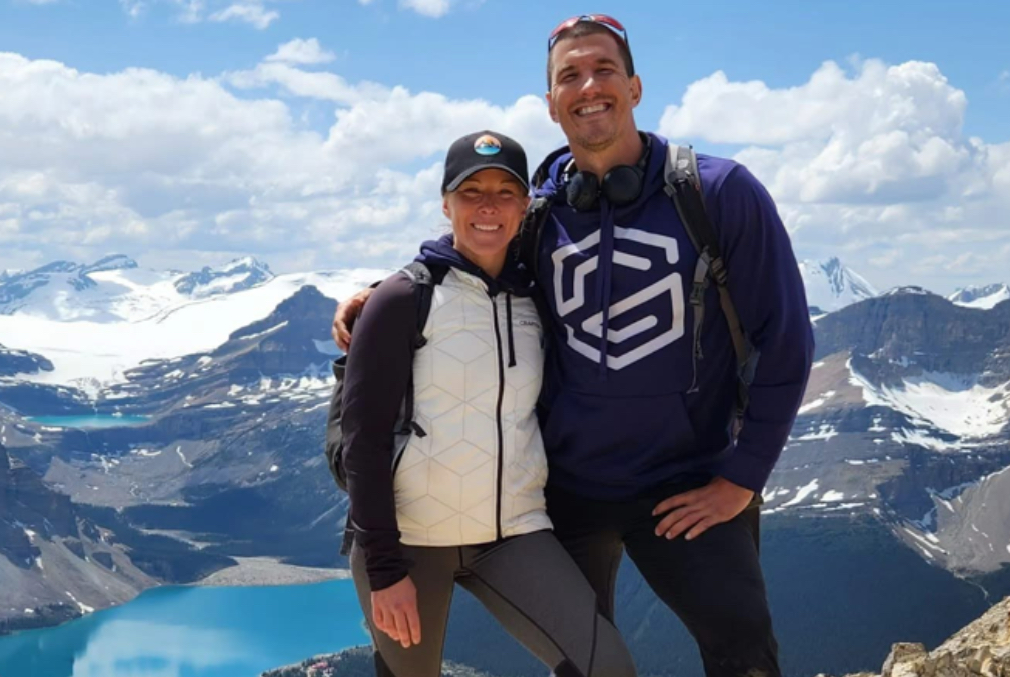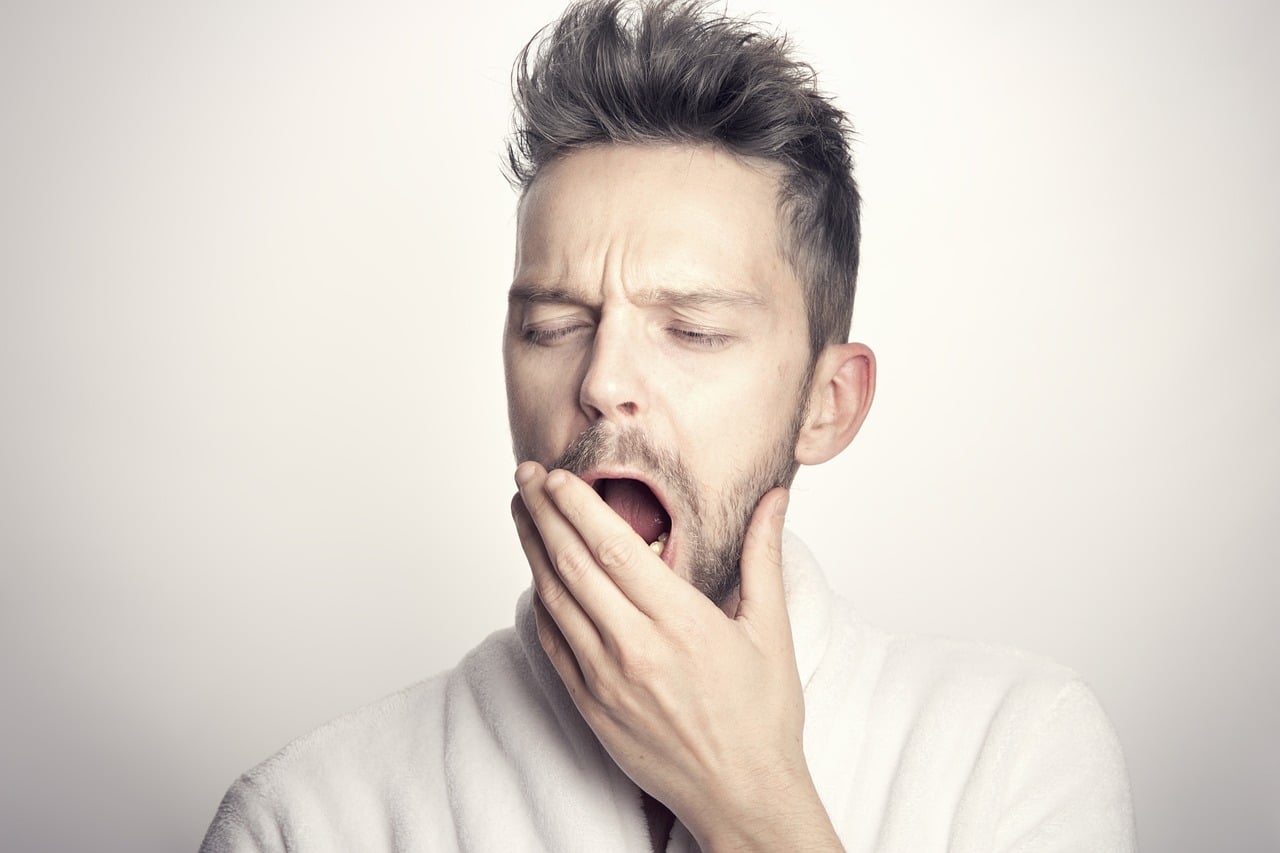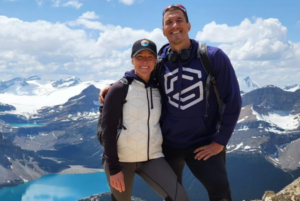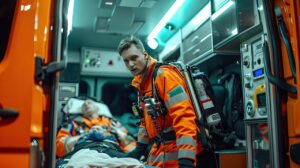Every client I meet leaves their own indelible mark on me. Some leave an impression with their personal story, others with their unique personalities, exceptional athletic abilities, or physical appearance. A few months ago, I had the privilege of meeting an ambitious young Muslim mother who chose Mode de vie CLNRGY to support her journey. She chose Mode de vie CLNRGY to accompany her in her process, and I have to shout out loud: WHAT A LUCKY ENCOUNTER!
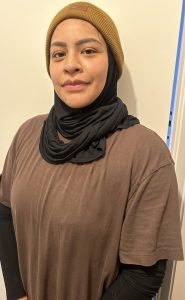
Ramadan
In our initial conversations, the topic of Ramadan came up. This discussion piqued my interest and inspired me to delve deeper into the subject. We’ve all heard about the benefits of fasting, and during Ramadan, Muslims abstain from food and water from dawn until sunset, creating a stress on the body that leads to metabolic adaptations akin to those of prehistoric times. How did our ancestors survive without access to food for days on end? Did they perish within 24 hours? Of course not! Humans are capable of first utilizing their glycogen stores when food is scarce. Depending on their individual levels of metabolic flexibility, they can then rely on their adipose reserves to sustain them.
Interesting fact
Interestingly, the longest recorded fast in history was accomplished by a Scottish man named Angus Barbieri. He went without food for 382 consecutive days, sustaining himself solely on high-quality tea, coffee, and water. Remarkably, he went from weighing 456 pounds to 180 pounds through fasting alone.
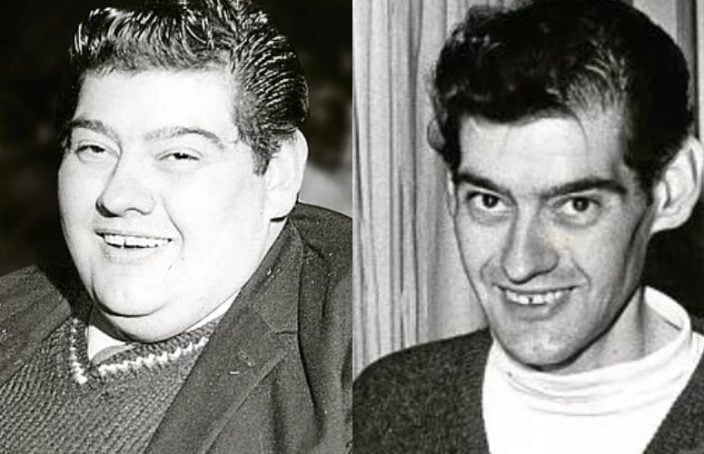
Fortunately, in order to reap the benefits of fasting during the period of Ramadan, you never have to go without food for such a long time.
What to eat and how to train optimally during Ramadan according to NRG?
Although I have never practiced Ramadan, here is how I would proceed if I were to do so, based on my current socioeconomic and familial situation, in order to maximize the potential benefits associated with this practice:
- I would wake up 2 hours before sunrise and hydrate myself with distilled water containing a source of electrolytes in order to maximize my hydration potential.
- I would mentally prepare myself before my workout by listening to motivational music and consuming various supplements that optimize dopamine production (motivation) and acetylcholine production (concentration and focus). The supplements that I would include in my morning ritual would be: BC-ATP for good focus and healthy energy, magnesium malate and EAA to maximize anabolism and maintain or build new tissue through training stimulation. Finally, I would consume one or two tablespoons of pure honey depending on my previous meal and the type of workout planned.
- I would train just as I normally do. That is to say, I would opt for intelligent, balanced, structured training focused on fundamental movements. These would always aim to promote current development while having a long-term health optimization perspective.
- After my workout, I have two completely different breakfasts in mind depending on my goal for the day. I could opt for a superpudding cleanergy to avoid imposing too much digestive stress on my body. This type of breakfast would digest fairly quickly, and I would feel more hunger with this kind of meal. The second option would be to eat a meal composed of the best sources of red protein (energy and healthy fats) to maximize my satiety for the longest possible period. In my opinion, with this meal, I would feel hungry around noon.
- When the sun sets, I would start by balancing the electrolytes in my body by hydrating with the purest possible water and consuming an excellent source of electrolytes, potassium, sodium, and relaxing magnesium.
- Depending on the physical tasks performed during the day and my body composition goals, I would decide whether my plate would be composed of protein, healthy fats, vegetables, and a source of carbohydrates. On days where physical activity is low, I would refrain from consuming carbohydrates in order to continue to maximize my fat metabolism. Conversely, I would include carbohydrates in this meal to optimize different metabolic processes on days with higher physical demands. The consumption of supplements would vary depending on the type of meal selected to ensure that I am maximizing digestive functions and attempting to maintain stable blood sugar levels. The selection of foods would of course be focused on consuming whole foods in order to follow an interesting concept: nutrient density.
- Near bedtime, after assessing my level of satiety, I would either consume a healthy snack or simply opt for good hydration. Afterwards, I would take what I call my “sleep stack” of supplements to maximize my sleep. I would want it to be as deep and restorative as possible.
- Great! You now have different tips that allow you to maximize the benefits associated with practicing Ramadan with the CLNRGY vision. We hope to have given you ideas or made you reflect on this practice. Our goal here is simply to bring value to the community by offering you avenues for reflection that come with solutions.
On this note, happy Ramadan to all! NRG



